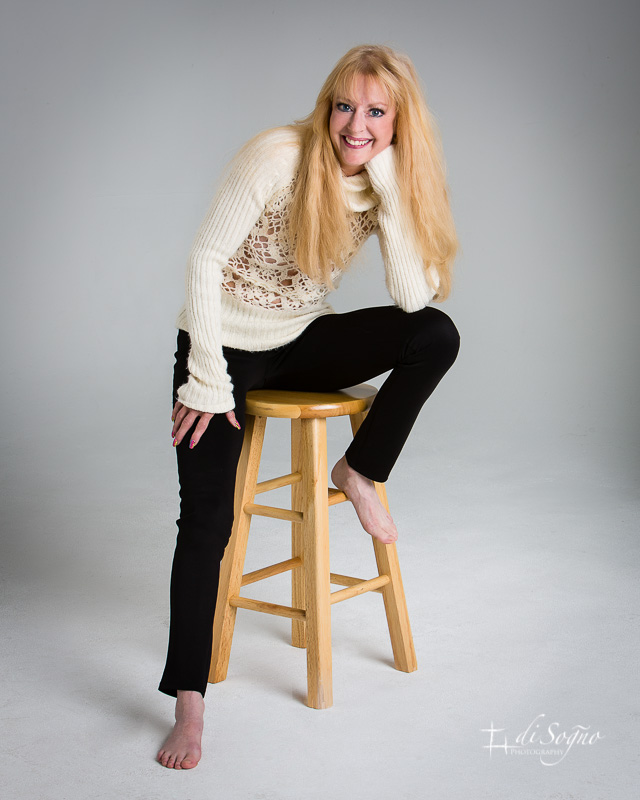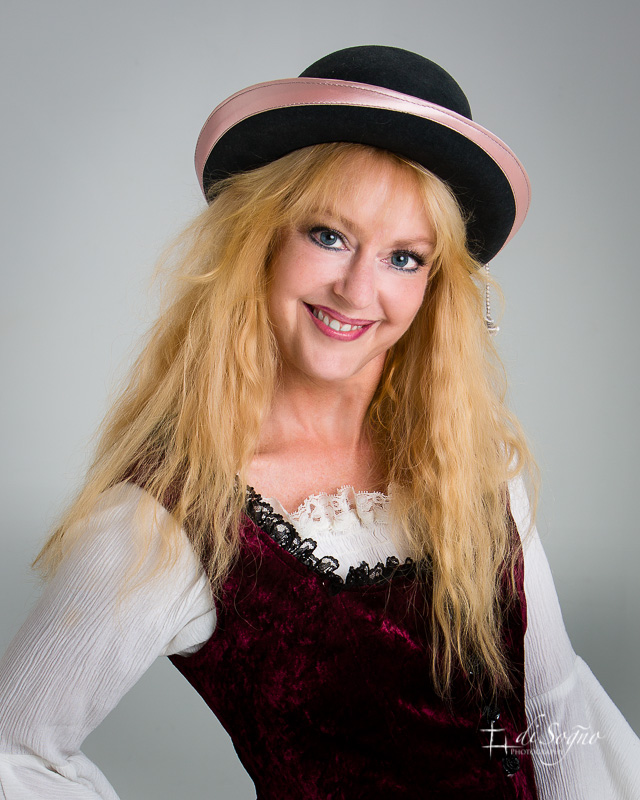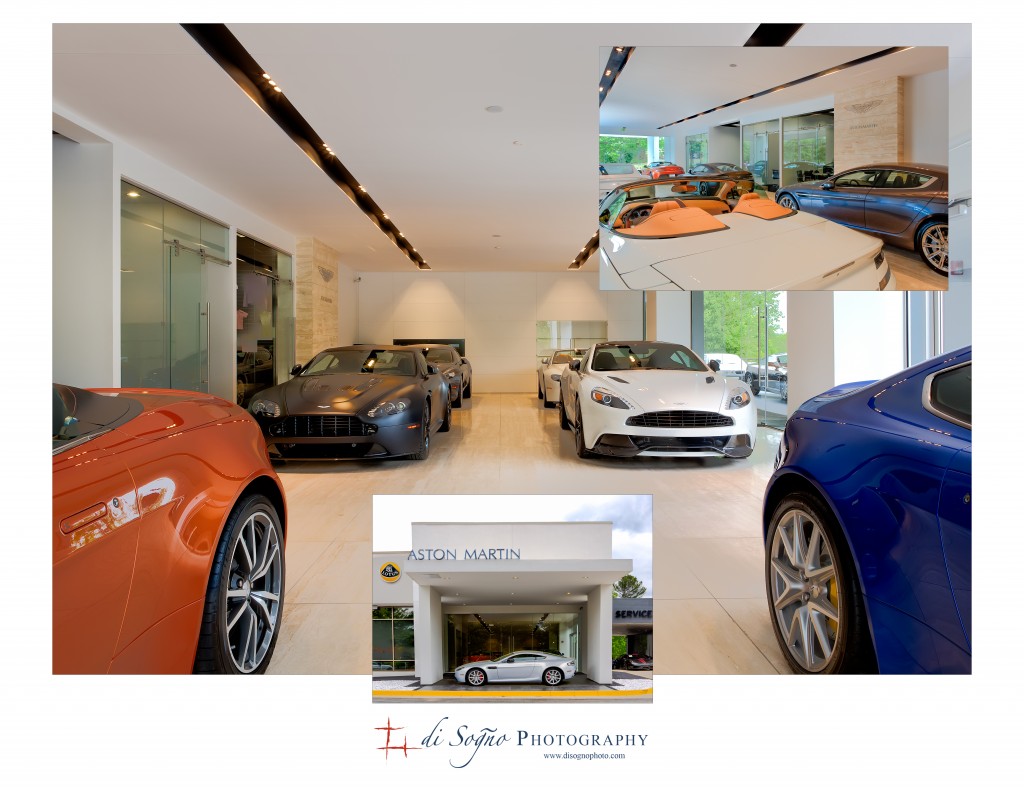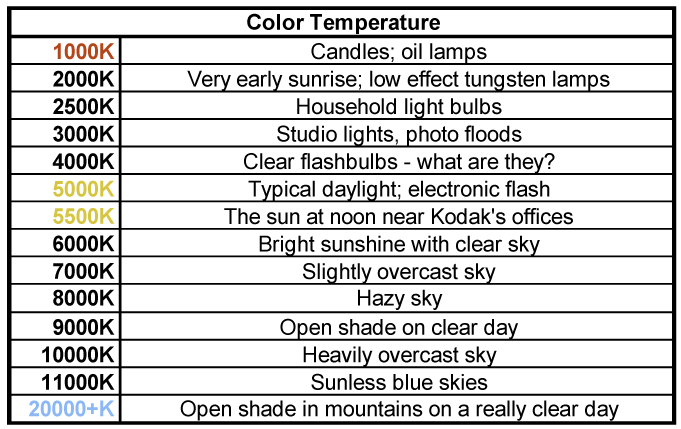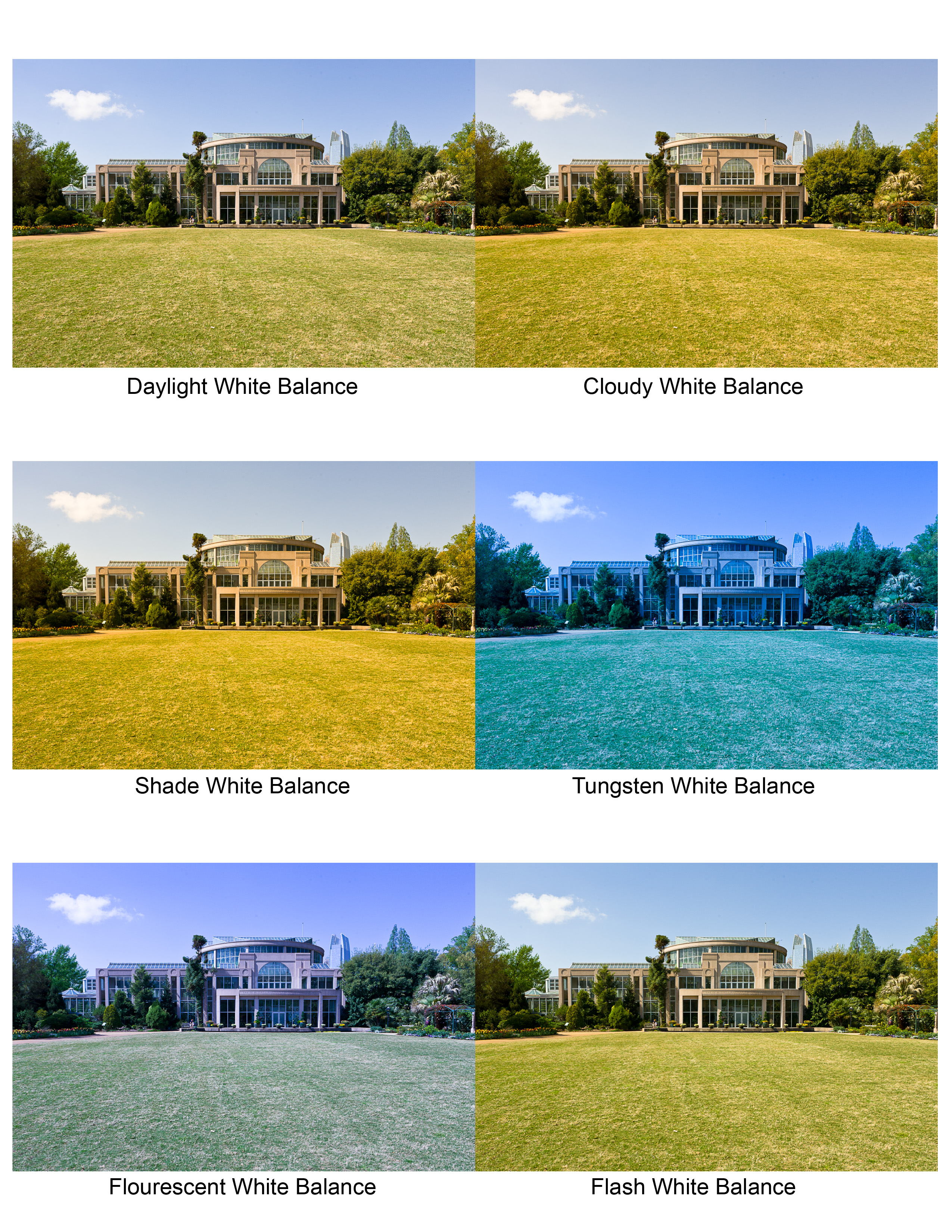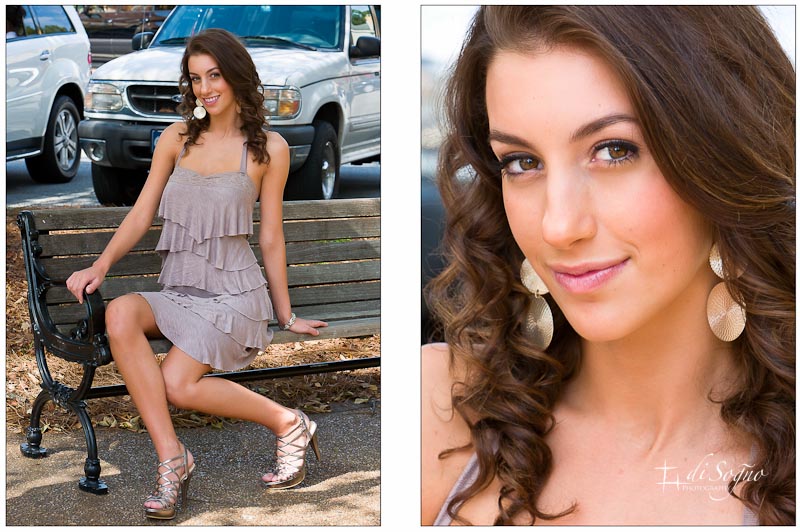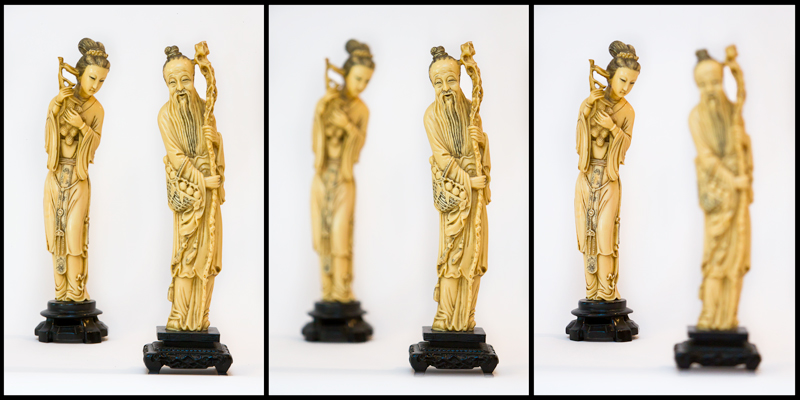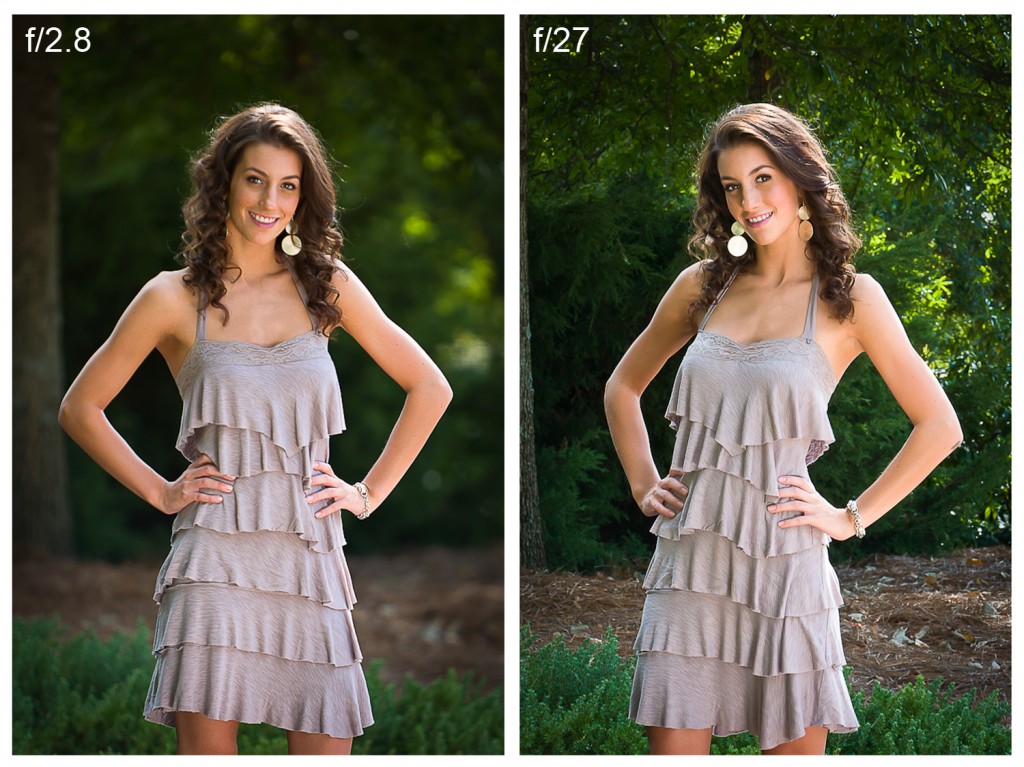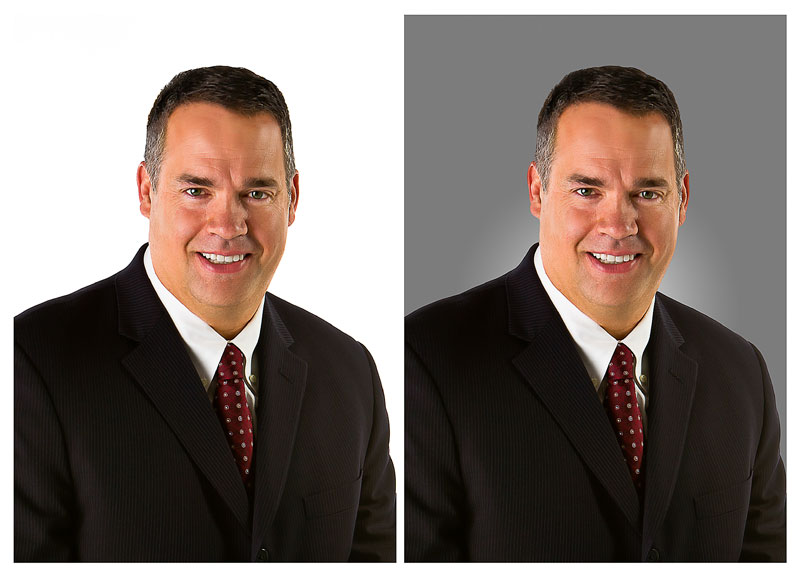Now a days in Atlanta, there seems to be a production company on every corner shooting the next release for a famous Hollywood actor or a plethora of Zombie’s skulking around an abandoned warehouse or factory looking for brains. Unless you’ve been living a really sequestered life, you realize that Atlanta has become Hollywood southeast and a lot of people wanting a shot at getting on camera. To do this, they’ll need a portfolio that shows their diversity and brings out a bit of personality.
When Liz contacted me, she was happy to make it past the first round of eliminations in a fashion model reality show shooting here. Even with the success of landing on that show, she thought her portfolio needed new images so she could get additional work. On the day of the shoot, she brought a number of different outfits and we worked together on different concepts to capture.
Liz is a lot of fun to work with and very adventurous in what she is willing to do for the camera. Both good things when looking for work in the entertainment industry. Knowing Liz, I know she’s already used them in her acting endeavors. If you know a budding actor that wants to get on camera, tell them you know someone who can help them create a portfolio that just might help them get discovered and send them my way. At least they’ll have some good images to show!
A Little Technical Information
Both of these images were shot on a white seamless background using one strobe with an 8′ Octobox as a light modifier. The Octobox creates a very large, bright and soft light for the subject. The light fall off allowed let the background turn a light grey and that created a good separation from the background. Although make-up and hair were very well done by Liz herself, my standard post-processing was done to this image. That includes brightening of her eyes, blending and smoothing of her skin, doing a bit of teeth whitening and removing stray hair.

